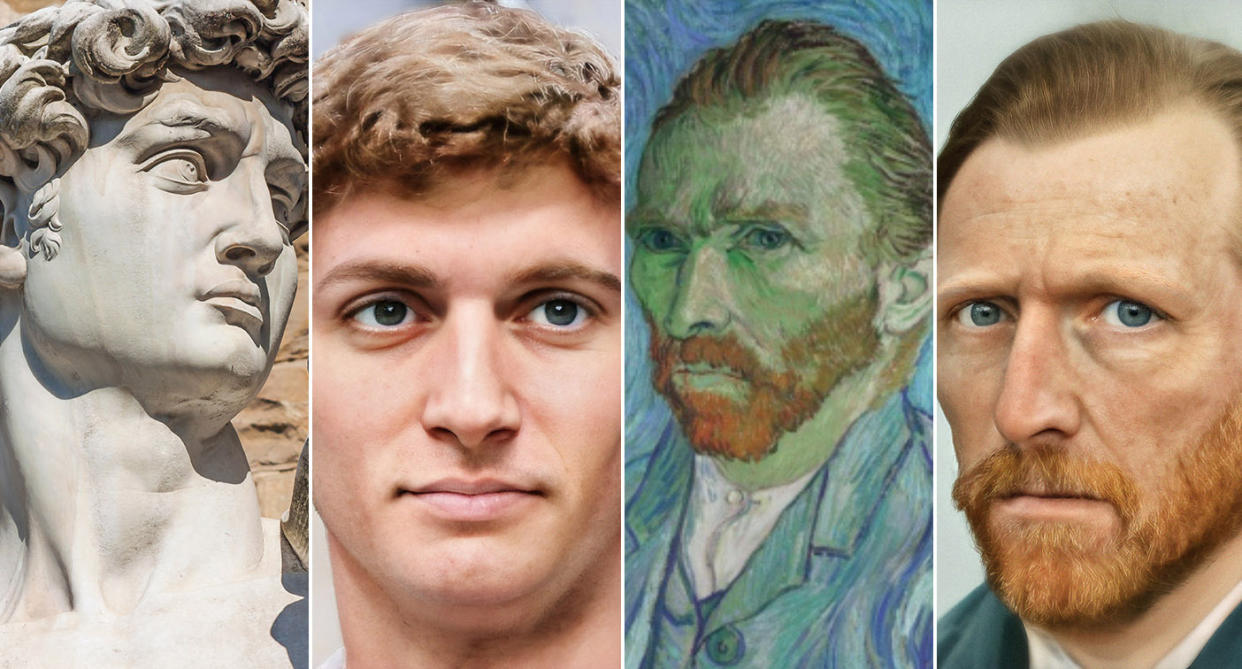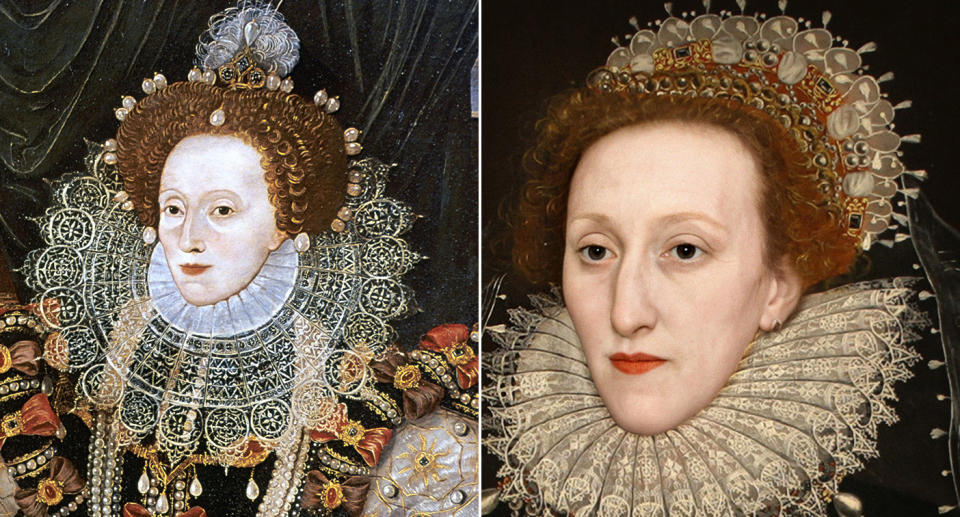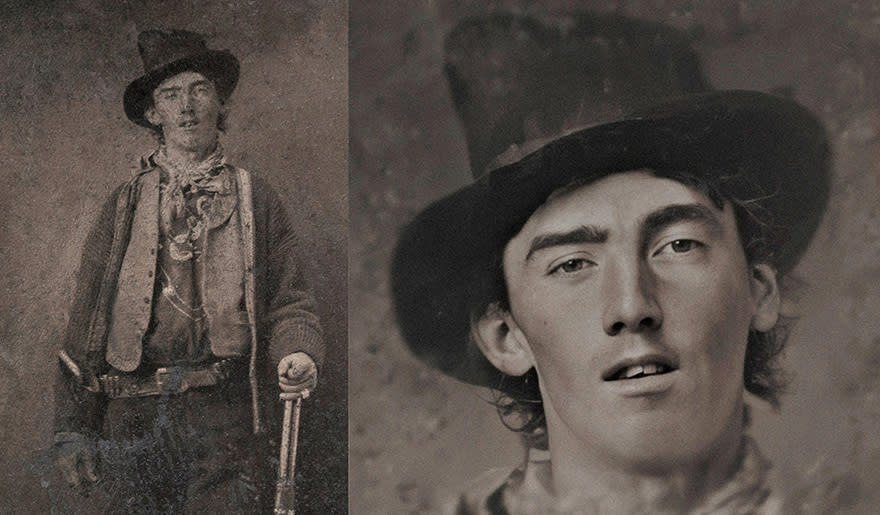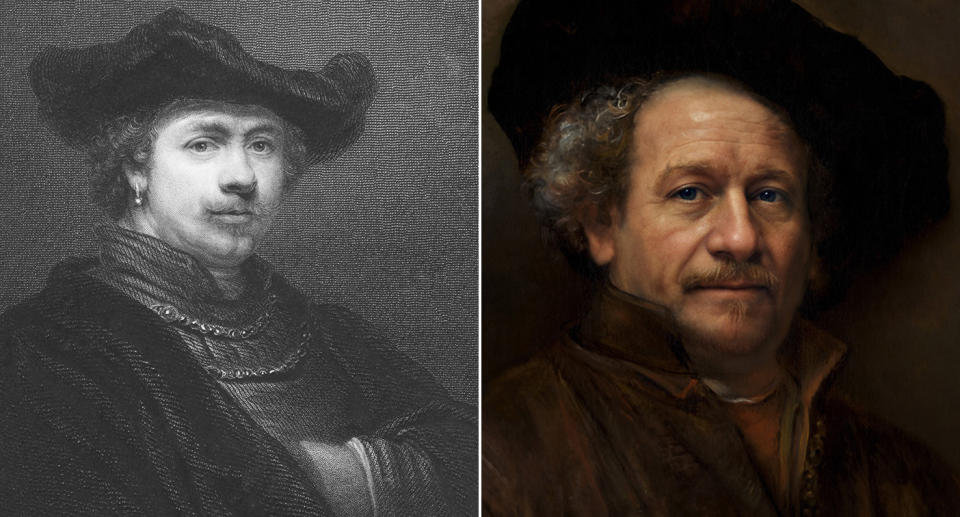Artist recreates lifelike AI renderings of famous historical figures and monuments

A visual designer has used artificial intelligence to create stunning, lifelike photographs of what history’s most recognised figures and monuments may have looked like.
Amsterdam-based artist Bas Uterwijk has brought monuments such as the Statue of Liberty and Michaelangelo’s David to life, alongside historical figures such as Queen Elizabeth I, Billy the Kid and even Jesus Christ.
The artist uses “deep learning programme” Artbreeder, which forms multi-layered composite images by pinpointing common facial features from paintings and statues.
Uterwijk, who has worked on computer games and visual graphics for the world’s biggest companies, then “fills in the blanks” of features such as hairstyles, clothes and eye colour.


Uterwijk explained to Yahoo News UK: “I started with Billy The Kid and when I was looking for characters, based on the only original picture available - a scratched, old photograph.
“I added adjustments after, it was almost like filling in the blanks - so it is not all just graphics but some artistry involved too.
Read more: In Picture: The stunning shortlisted entries to Agora Nature2020 competition
“With Queen Elizabeth, there were many paintings of her. So I uploaded 10 different images and then created what I think is a realistic image of how her head would have looked based on an average.“


The creations can take a range of time to create and complete, depending on historic documentation and resources available - ranging from a couple of days or months, to a full year’s work.
“Van Gogh is one of my favourites as it was hard work, it took me around a year to create,” he continued.
Read more: Coronavirus: Animals reclaim city streets as millions stay indoors in lockdown
“It’s one of the best ways we have to revive someone, especially with Van Gogh, when we don’t exactly know how they actually looked at the time.


“There was only a few pictures of him in circulation and he was around 90-years-old. So it took many failed attempts to get it right.”
But the artist insists his creations are more “artistic interpretations”, rather than being scientifically or historically accurate - evident in his depiction of the iconic Statue of Liberty in New York City, which is not based on a real person.
Read more: Stunning Google Earth View images show our planet at its most spectacular
“The Statue of Liberty was also a favourite of mine, as I love giving life to something that has never lived.”


Uterwijk’s next big challenge is to depict the subject of Leonardo Da Vinci’s Mona Lisa - one of the world’s most revered paintings - which itself is steeped in mystery.
“Im working on the Mona Lisa, Ive been working on her for a while. I tried to do it before, as she is very famous, but the way she looked is a complete enigma,” he explained.
“There are theories around the famous painting, which is one of the most iconic and famous images that humankind has. So to try and interpret a realistic image of her is a huge challenge.”
Watch the latest videos from Yahoo News UK

 Yahoo News
Yahoo News 
